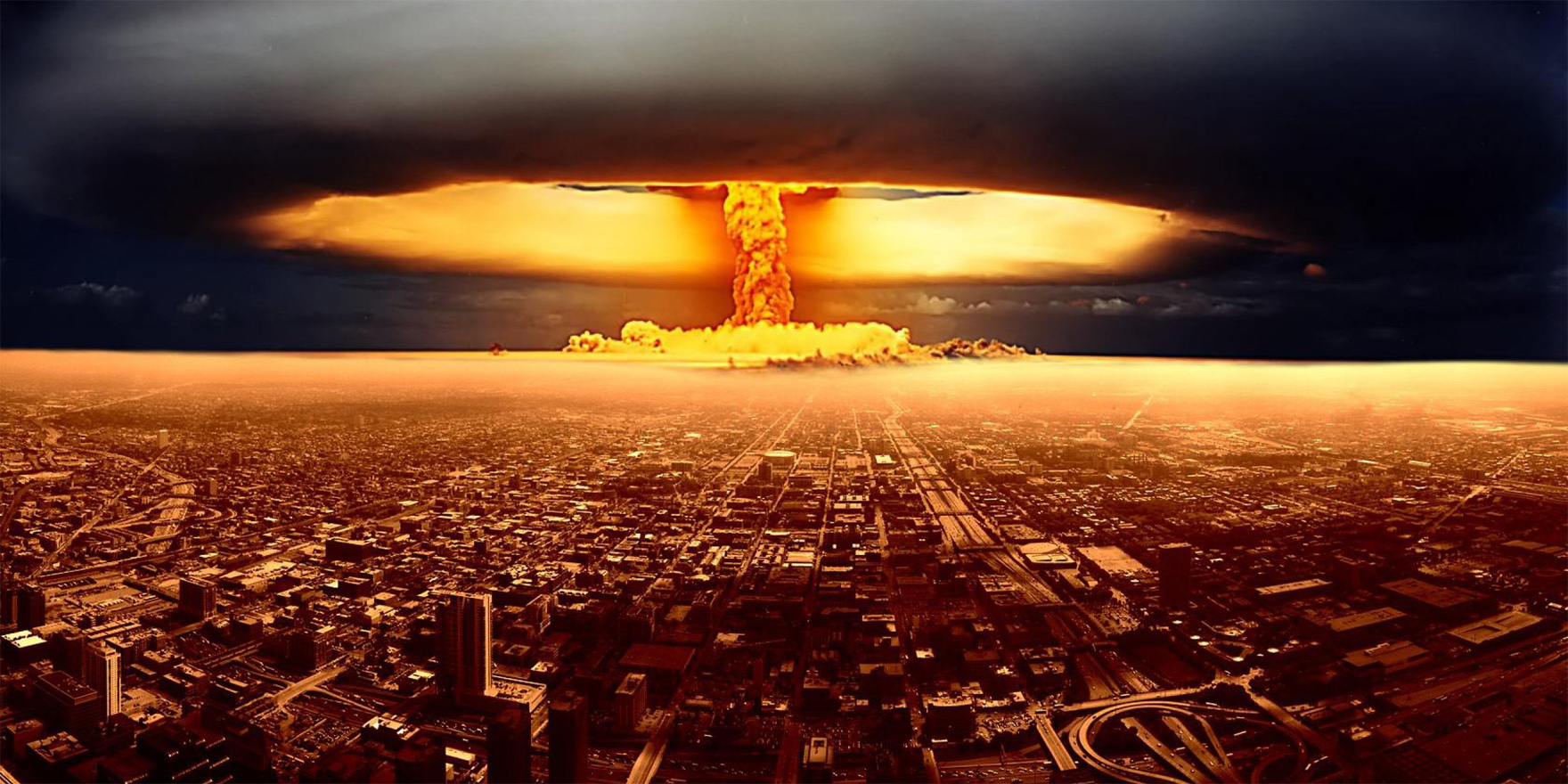A campaign focussed on the health impacts of nuclear weapons has deservedly won global recognition
At a ceremony in Oslo, Norway, on 10 December, the organisation behind the International Campaign for the Abolition of Nuclear Weapons will be awarded the Nobel Peace Prize.
According to the Nobel Prize Committee, “The organisation is receiving the award for its work to draw attention to the catastrophic humanitarian consequences of any use of nuclear weapons and for its ground-breaking efforts to achieve a treaty-based prohibition of such weapons.”
So why should this matter to the readers of The Medical Republic?
Firstly, the campaign was started 10 years ago by a group of Australian health professionals, The Medical Association for Prevention of War, Australia (MAPW). It was modelled on successful campaigns for a treaty to ban land mines, and, later, cluster munitions.
The campaign was for a treaty that went beyond the existing Nuclear Non-Proliferation Treaty, and based its case for a ban on the actual effects that any use of nuclear weapons would have on humanity, and the planet.
Over the last decade, the MAPW engaged with world leaders and parliamentarians, health professionals, and people concerned for world peace.
The Australian Red Cross, which started dealing with health effects of conflict nearly 150 years ago, came on board. Red Cross supported the campaign’s premise that the enormous and indiscriminate impact of a nuclear attack would prevent any salvaging of lives through medical assistance.
The AMA and the World Medical Association also officially supported the campaign.
In July this year, the Treaty on the Prohibition of Nuclear Weapons was negotiated and passed in the UN general assembly with 122 of the 124 countries which attended the meeting voting in favour. The Australian government didn’t attend the meeting, in line with the boycott by the US and almost 70 other states, maintaining the line that we are protected by nuclear weapons and therefore could not support a ban.
Another major reason this campaign is relevant to doctors is that nuclear weapons constitute probably the biggest threat to public health there is.
Studies show that even a relatively small exchange of nuclear weapons, apart from killing of millions of people and causing unprecedented destruction, would create such a dust cloud over the planet that crops would fail to grow for up to 10 years, causing widespread famine affecting two billion people.1 In addition, there are the radiation-exposure effects of nuclear warfare.
MAPW is the Australian affiliate of International Physicians for the Prevention of Nuclear War (IPPNW), an organisation which grew from the frustration and concern of health professionals over the nuclear arms race during the Cold War.
IPPNW’s story began with two cardiologists, one from the Soviet Union (Professor Yevgeny Chazov) and one from US (Bernard Lown, who invented the defibrillator) meeting at a conference and deciding to take action on their mutual concern about the nuclear arms race. They were joined by Australian paediatrician Helen Caldicott.
Their meeting with the-then Soviet and US leaders, Gorbachev and Reagan, contributed to a significant reduction in the number of nuclear weapons, particularly in the number on hair-trigger alert. In 1985, IPPNW was awarded the Nobel Peace Prize for its efforts.
Some of the doctors involved this most recent Nobel Prize winning campaign deserve special mention.
Associate Professor Tilman Ruff, whose day job is in infectious diseases, has been a tireless antinuclear campaigner from a young age, and has been an inspirational leader in achieving this goal of a ban.
The articulate and committed efforts of Dr Sue Wareham, a Canberra GP, and Victorian Surf Coast GP, Dr Bill Williams, were crucial to the campaign’s success from the start. Tragically Bill died suddenly last year before the rewards of his efforts were realised. His humour, (including a campaigning kangaroo suit) and common-sense approach won the day on many an occasion.
Neurosurgical registrar Dr Ruth Mitchell was also involved from the beginning, initially as a medical student. GP Dr Margie Beavis and nuclear radiologist Dr Peter Karamoskos joined the organisation’s board more recently.
These are just a few of the many who have contributed to this campaign and share the recognition conferred by this prize.
The organisation hopes to continue to expand as it works hard to further the process towards complete abolition of nuclear weapons.
Readers interested in supporting this work for world health and peace can access more information at www.mapw.org.au, or
www.icanw.org.au.
Dr Jenny Grounds is a GP at Riddells Creek, Victoria, and a past President and currently Vice-President of MAPW.


